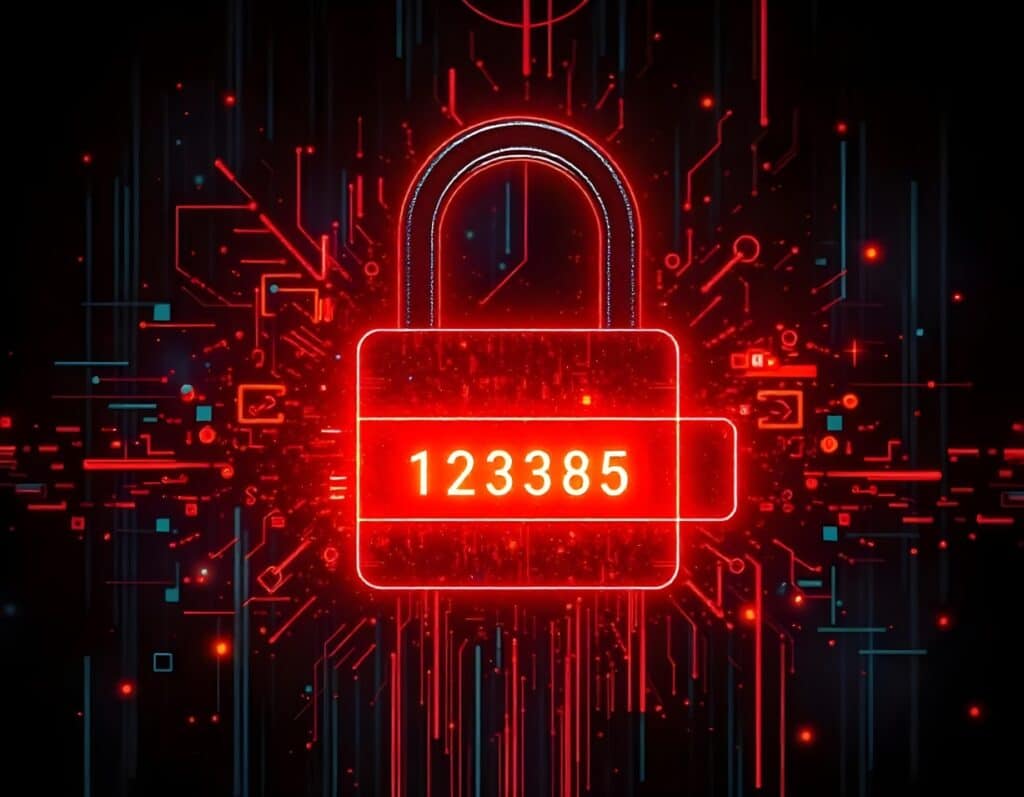As the holiday season approaches, the internet buzzes with activity—from online shopping sprees to gift card purchases and charitable donations. Unfortunately, this festive frenzy also provides ample opportunities for cybercriminals to exploit weak and reused passwords. In this article, we’ll explore why strong, unique passwords are essential for digital security and how to create them.
Why Are Strong Passwords Crucial?
Passwords are your first line of digital security defense in protecting online accounts. A weak or reused password is like leaving the door to your digital home unlocked, making it easy for cybercriminals to break in. During the holiday season, hackers ramp up their efforts, targeting:
- Retail Accounts: To steal credit card information and make unauthorized purchases.
- Email Accounts: To launch phishing campaigns or access other linked accounts.
- Social Media Accounts: To spread malicious links or scams.
The consequences of compromised accounts include financial loss, identity theft, and damage to your reputation. Strong passwords significantly reduce these risks.
The Dangers of Reused Passwords
Reusing passwords across multiple accounts might feel convenient, but it’s a major digital security risk.
- Credential Stuffing Attacks: Hackers use stolen login credentials from one site to access accounts on other platforms.
- Data Breaches: A compromised account in one breach can expose all accounts using the same password.
- Increased Attack Surface: The more accounts sharing a password, the greater the digital security risk.
This holiday season, as you create accounts on new shopping sites or revisit old ones, use unique passwords for each.
What Makes a Password Strong?
A strong password is difficult for hackers to guess or crack. Here are the key characteristics:
- Length: Aim for at least 12–16 characters.
- Complexity: Use a mix of uppercase and lowercase letters, numbers, and symbols.
- Unpredictability: Avoid dictionary words, common phrases, or easily guessable information like names or birthdates.
- Uniqueness: Never reuse passwords across multiple accounts.
Example:- Weak Password: password123
- Strong Password: G3rM@ni!C_4Pl@n3T$
Best Practices for Creating Strong Passwords
- Use a Password Manager
Password managers generate and store complex passwords for you, securely encrypting your data. Popular options include LastPass, Dashlane, and Bitwarden. - Opt for Passphrases
Combine unrelated words with special characters and numbers for memorable yet secure passwords.- Example: IceCream!Llama$42Balloons
- Avoid Predictable Patterns
Don’t use personal information like names, anniversaries, or sequential numbers. - Change Default Passwords
If you’ve recently purchased a smart device or set up a new account, change the default password immediately.
How to Manage Passwords Effectively
Managing multiple passwords can feel overwhelming, but these strategies can help:
- Enable Two-Factor Authentication (2FA)
Adds a second layer of digital security with options like codes sent to your phone or biometric verification. - Update Passwords Regularly
Update passwords every few months, especially for sensitive accounts like email and banking. - Avoid Password Sharing
Use password managers’ sharing features for shared accounts instead of sharing directly.
Recognizing a Compromised Account
Signs your account may have been hacked include:
- Unexpected login attempts or notifications.
- Unfamiliar transactions or account changes.
- Password reset emails you didn’t request.
Final Thoughts
The holiday season should be a time of celebration, not stress over compromised accounts. By adopting strong password practices, you can protect your online presence and enjoy the festivities with peace of mind.
Take control of your digital security this holiday season and beyond.
–
Follow me on Instagram: @drericcole
